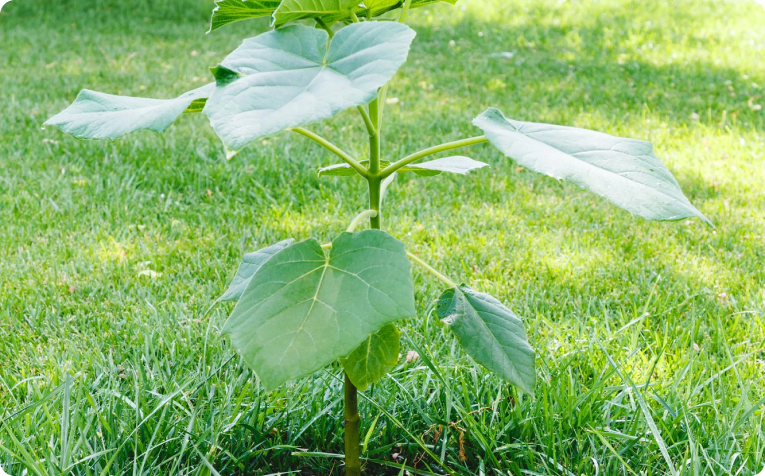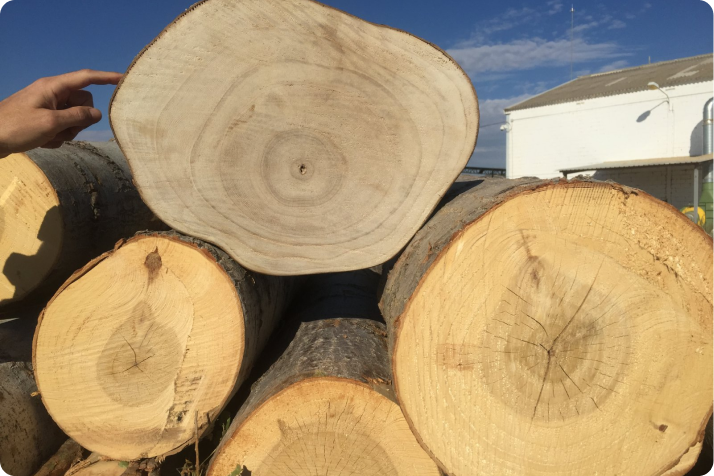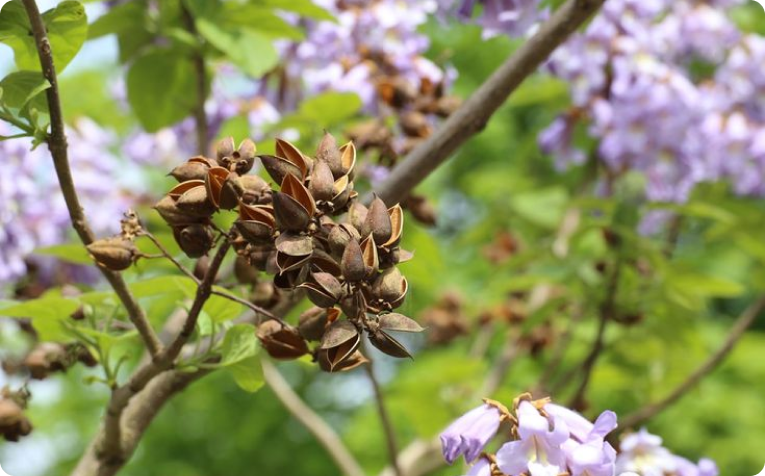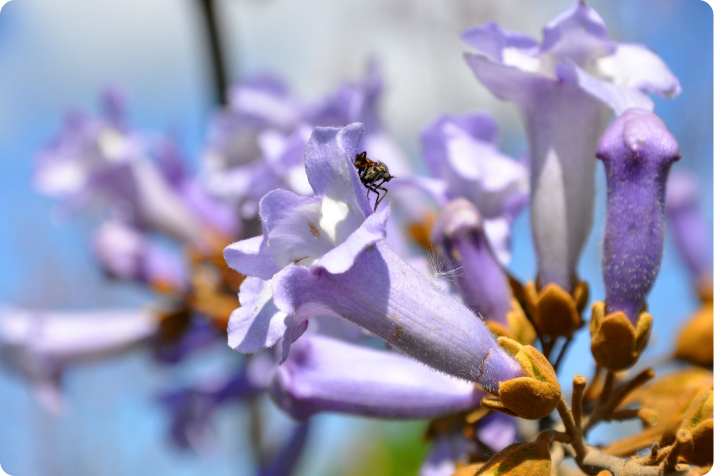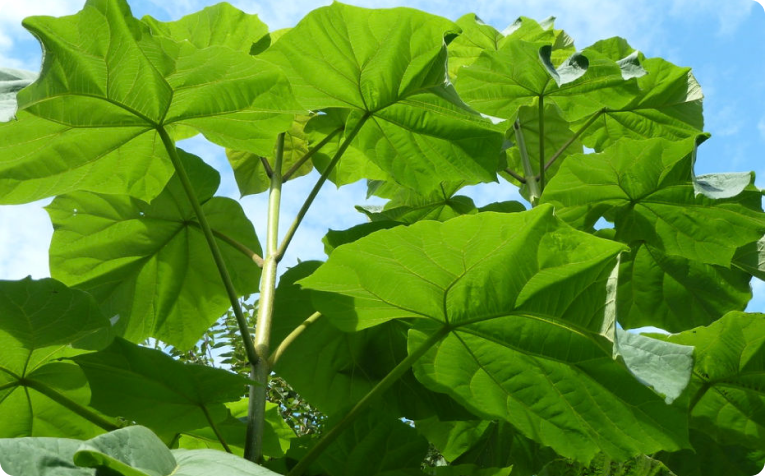
Paulownia seedlings are grown under laboratory conditions, so there is a better chance that the plant will thrive than if Paulownia seeds were planted directly in the soil. When the height of the seedling is 10-14 centimeters, it is ready to be transplanted. Since the plant has a very tender stem and leaves, it is better if it is acclimatized and strengthens before transplanting. Leave it for 3-5 days at a average temperature, protected from direct sunlight.
Before transplanting a Paulownia seedling, the ground is cleared of stones and weeds, and it is better if soil is enriched with fertilizer. Paulownia seedlings need regular watering in the first years of life. It is also better if you protect it from strong winds.
